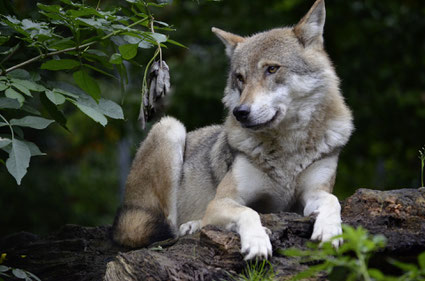HBO's Chernobyl, which premiered on 6 May, raised interest in the exclusion zone, but there are people who are constantly studying it. So, in the spring of 2019, most of the research groups working with the wildlife of Chernobyl gathered in Portsmouth (England). 30 scientists from Ukraine, France, Belgium, Spain, Norway, Ireland and Great Britain presented the latest results of their work, and one of them told The Conversation about the results.
As a result of the accident at the Chernobyl nuclear power plant, 400 times more radiation was emitted than after the fall of the atomic bomb on Hiroshima (Japan) in 1945. The explosion of the fourth reactor remains the largest nuclear accident in world’s history. Even today serious restrictions on the permanent settlement of people in the Exclusion Zone exist.

‘Red Forest’ is the area with the pine forest which received the highest doses of radiation, and the pine trees died instantly and all the leaves turned red. After the accident it was considered that the area would become a desert for life. However today, 33 years after the accident, the Chernobyl exclusion zone, is inhabited by wolves, lynxes, brown bears, bisons, Przewalski horses, and more than 200 bird species.
In recent years, tourism has boomed in Chernobyl, with more than 70,000 visitors in 2018. There is also an idea of developing solar power plants here.
